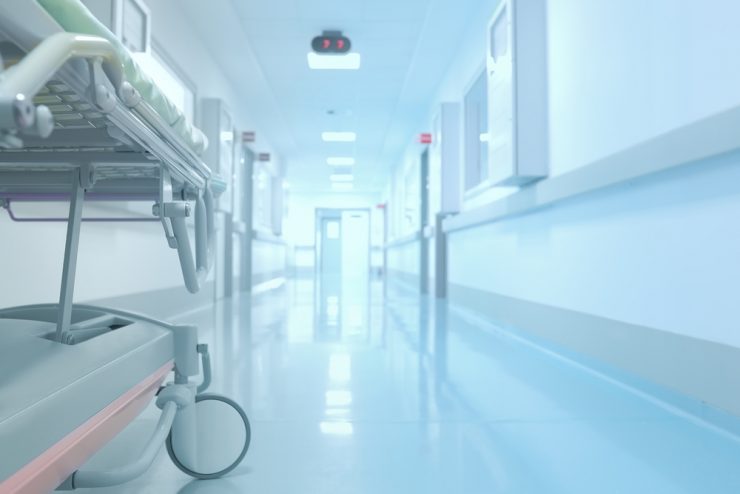Treatment
Home treatment is adequate to take care of mild to moderate level of sprains and strains.
PRICE therapy – this is an immediate treatment for sprains and strains that is recommended by healthcare professionals. PRICE represents protection, rest, ice, compression, and elevation. All these areas of therapy are described below:
Protection – the injured area should be protected from subsequent injury. One can use a support for a leg injury or wear shoes that encompass and support the feet to take care of an injured ankle.
Rest – discontinue the activity that led to the injury and rest the injured muscle or joint. Rest is important for the initial 2-3 days after the injury. The GP may even ask you to use supports like crutches.
Ice – apply ice packs wrapped in a moist towel to the injured site for 15-20 minutes, after every 2-3 hours for 2-3 days. Avoid touching ice directly onto the skin and avoid sleeping with the ice pack as this can cause cold burn.
Compression – wrap a bandage firmly and snugly (not too tight) around the injured area to curb the swelling and movement that could cause further damage. This could be a crepe bandage, an elastic bandage or an elasticised tubular bandage. Be careful as to not sleep with the bandage on.
Elevation – injured area should be kept raised and supported with a pillow under it. This helps reduce swelling.
Avoid HARM – for the first 3 days after a sprain or strain, one should avoid HARM which stands for:
Heat – including hot baths, heat packs and saunas
Alcohol – this worsens swelling and bleeding and hinders the healing process
Running – or any other activity which can worsen the existing injury
Massage – increases swelling and bleeding
Mobilising the injured joint in a sprain – as per the medical professionals’ advice, one should try and mobilize the joint as soon as the pain alleviates and allows you to move. Start with flexibility exercises to increase the range of movement gradually. The GP can advise appropriate exercises that are suitable to the injury.
Immobilising the injured muscle in a strain – in a muscle strain, one is advised to avoid moving the injured muscle for the first few days. In serious injuries, one might even be recommended to use crutches. The severity of injury decides how much time the muscle needs to be kept still, without movement. The muscle should start to heal, so that when moved, it does not pull or tear at the same place again.
Treating pain – painkillers like paracetamol is recommended to relieve pain symptoms of a sprain or strain. If pain is severe and paracetamol does not work, GP can prescribe a stronger analgesic like codeine in combination with paracetamol. Codeine causes drowsiness and one should avoid alcohol intake if taking this drug.
Oral non-steroidal anti-inflammatory drugs or NSAID’s are recommended to alleviate inflammation and swelling. These should be used not before 48 hours of injury have passed, as they can otherwise be adverse to the healing process. NSAID cream or gel (like ketoprofen or ibuprofen) can be applied gently to the injured area to help treat pain.
Ibuprofen is not advised to people who have a past history of asthma, kidney damage or stomach disorder like peptic ulcer.
Recovery – The recovery period after a sprain or strain injury depends largely on the severity of the injury. For an example, in an ankle sprain, considering the severity of damage, one is able to walk by 1-2 weeks post injury and use the ankle normally after 6-8weeks and get back to the sport activity in 8-12 weeks.
Follow-up treatment – the GP might ask you to see him for a review after few days, to see the progress or improvement in the healing of injury. However, it is important to take medical advice in case the injury does not show signs of improvement as expected and you still face difficulty in performing certain activities. Also if there is a worsening of pain or swelling in the injured part, you must refer back to your GP to decide further course of treatment.
Sprains and strains – 3

Let us know if you liked the post. That’s the only way we can improve.











